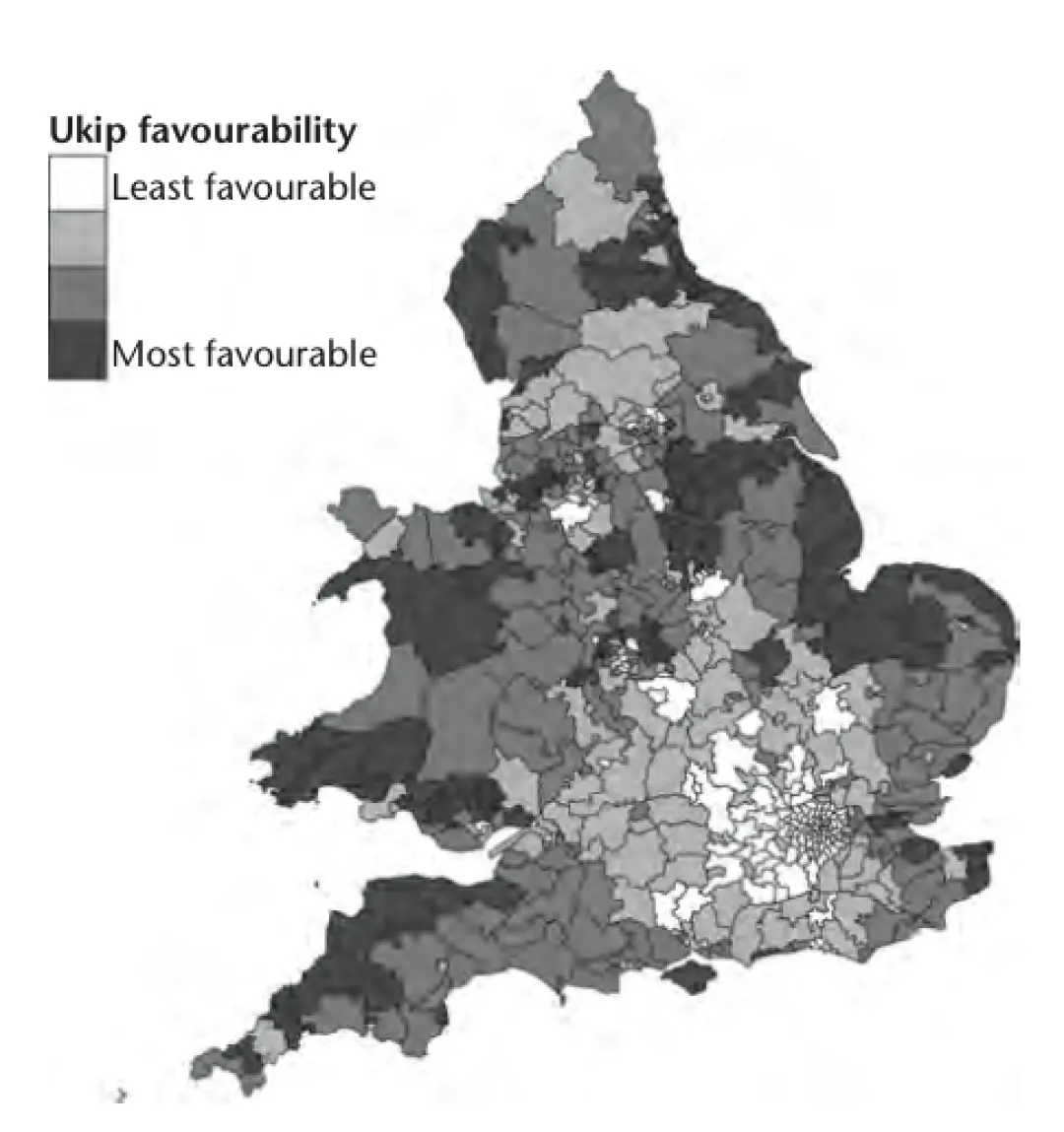Drilling down – UK voters and the EU Referendum
Published:
It is no secret that the opinion polls are failing to produce a clear picture about Britain’s EU referendum.
Even if the betting markets appear to have made up their mind, the polls are all over the place. While the polls that are conducted online currently suggest that the race is close, telephone polls suggest that the Remain side is well ahead.
The truth, perhaps, is that the real story lies somewhere between these two poles. I say this because of what happened last year, when the pollsters struggled to make sense of the rise of the UK Independence Party.
In the end, Ukip’s share of the vote at the general election fell broadly in the middle of what the online and telephone polls were predicting. It may be that we see the same when it comes to the referendum –or maybe not!
Either way, and away from the polls, we are now beginning to learn a great deal about the relative strengths and weaknesses of public support for the Remain and Leave camps.
Take the Leave vote as an example.
It is now clear that Brexit-leaning voters look a lot like those people who turned out for Nigel Farage and his self-anointed ‘People’s Army’ last May – they tend to be older, white, decided not to go to university, identify with Englishness, feel strongly anxious about immigration and disgruntled with established politicians.
These are voters who are likely to be motivated toward Brexit by their concerns over immigration, national identity and belonging.
The Leave camp will therefore want these issues – immigration and the refugee crisis- to remain as salient as possible, while avoiding talking about these issues in a toxic way that might alienate more moderate voters.
Where are they based?
Well, take a look at the map below, which is from our new book on Ukip and Euroscepticism in Britain.
The darker areas reveal the real heartlands of Eurosceptic Britain – areas where the Leave campaigners are also likely to find a very receptive audience!
They might want to avoid areas like London and focus their efforts on more economically struggling areas along England’s eastern and southern coasts, as well as notable clusters in the South West, the Midlands, Yorkshire and Cumbria.

Supporters of the Remain camp, meanwhile, look very different.
People who are currently planning to back Remain are more likely to come from the more financially secure middle and upper-classes, to hold degrees and other qualifications, to come from younger age groups, and to live in more bustling, diverse and urban areas, as well as London, Scotland and Wales.
It is likely that these voters will be driven more by arguments that focus on the economic implications of staying in the EU versus the risks of leaving. These are voters who either feel comfortable with immigration and European integration or have the resources and skills to adapt to this increased competition and social change.
It is also worth noting that the undecided swing voters also tend to be more averse to risk, are often younger, female and lean toward the Conservatives.
It is likely that between now and June David Cameron and his team will be spending a considerable amount of time convincing these more moderate voters about the economic benefits that come with EU membership.
Making sure that these voters actually turn out on polling day will be key for the pro-EU camp. There are good reasons to expect that the older Eurosceptic voters will turn out on polling day – after all, these older Britons often feel more passionate in their views.
And remember, one reason why Labour suffered so badly at the 2015 general election was because many of its younger, progressive and typically pro–EU voters did not turn out to the extent that they claimed they would in the opinion polls!
So, while the betting markets look as though they have settled on a Remain vote there really is all to play for.
Follow Professor Matthew Goodwin @GoodwinMJ and visit our EU Referendum microsite for the latest betting swings and expert opinion.
All Odds and Markets are correct as of the date of publishing.





